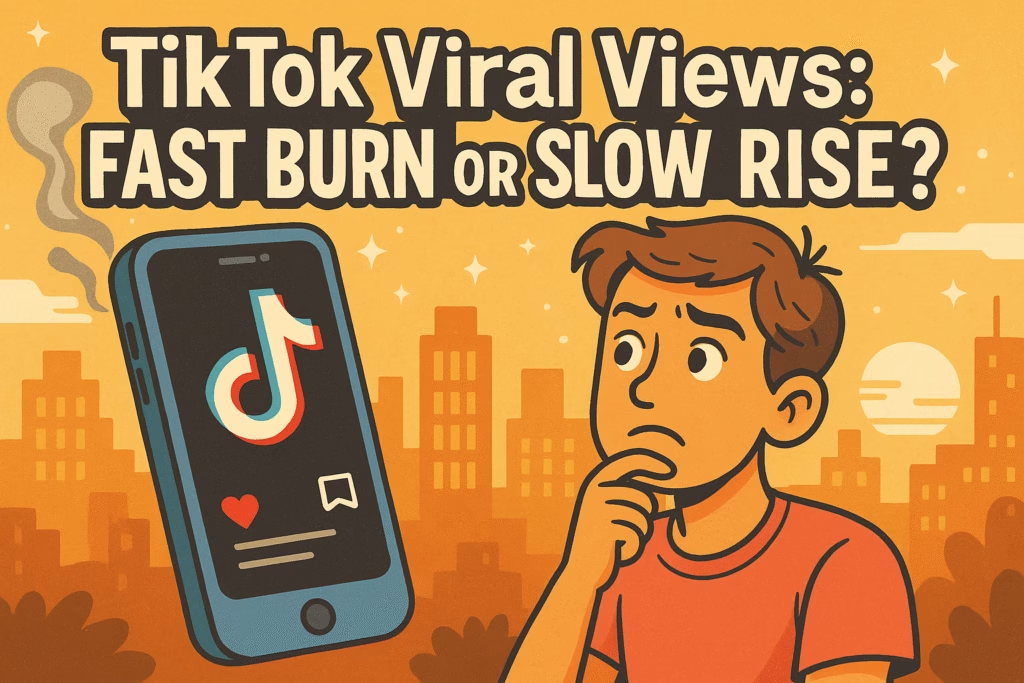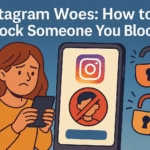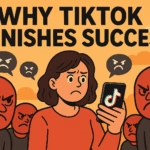You finally posted that banger video. You’re staring at the screen like a hawk—waiting, refreshing, hoping. One hour in and it’s still crawling at 327 views. Meanwhile, your mutual’s clip of her cat sneezing is going viral.
What gives?
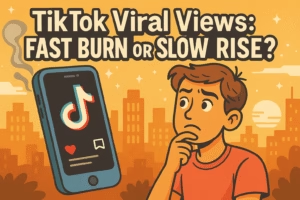
TikTok’s algorithm isn’t just a black box—it’s a game of roulette, strategy, and second chances. Sometimes you explode. Sometimes you simmer for days. But here’s the thing: if you know how it really works, you can play it better.
Let’s rip the lid off and get into it.
TL;DR — The Short Answer
- TikTok doesn’t work on a fixed timeline — some videos blow up instantly, others take days
- First hour is important, but not everything — your video gets multiple chances to go viral
- Going viral depends on engagement velocity, not just views
- Comments, shares, rewatches, and saves matter more than likes
- Use tools like Blaze AI or VidIQ to track what’s actually working
1. Does Every Viral Video Explode Immediately?
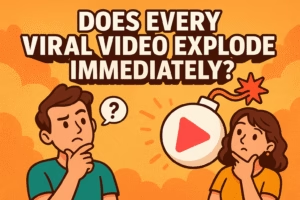
Nope. Some do — many don’t.
TikTok runs every new post through a “test pool” of users. If your video performs well (in terms of watch time, rewatches, and comments), it gets expanded to a wider audience.
Some creators get:
- 10,000+ views in the first hour
- Others get 300 views on day one… then spike to 100K+ after a few days
This isn’t broken — it’s how the algorithm works. It tests, waits, and redistributes based on actual performance.
2. What’s This “300-View Jail” Thing?
It’s real. And it’s brutal.
TikTok often throttles videos at around 300–500 views if they don’t spark engagement.
If users:
- Scroll past quickly
- Don’t rewatch
- Don’t comment
- Don’t save or share
Your video stalls.
To break out of jail:
- Use a better hook (first 2 seconds are everything)
- Try a trending sound or remix
- Ask a comment-provoking question
3. Slow Burn vs Fast Burn: Why It Matters
Fast viral growth looks impressive… but it’s not always better.
Fast burn:
- Explodes early, burns out faster
- Usually trend-driven or gimmicky
Slow burn:
- Ramps over days or weeks
- Often evergreen, saves-driven
If your goal is to build a lasting presence or funnel traffic to links, slow burns are golden. They keep performing even after the hype dies.
4. What Actually Triggers the Algorithm?
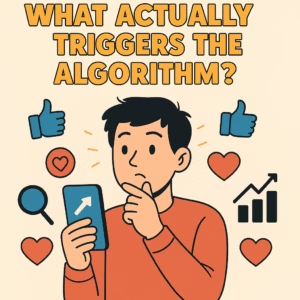
It’s not likes. It’s behavioral signals:
- Rewatches (huge)
- Full-length views (retention)
- Shares (gold)
- Comments (especially long ones)
- Profile clicks (if people want more of you)
Use this to your advantage. Ask people for their take. Post content that sparks reactions, debates, or even disagreement.
Need help tracking that? Tools like Blaze AI do that for you by showing what posts perform best and when.
5. Is It Luck? Or Strategy?
A little of both. But mostly strategy.
Most viral creators aren’t lucky — they’re deliberate:
- Hook in the first second
- Edit for mobile (close-up, bold text, no dead space)
- Ride sounds while they’re hot
- Post when your audience is online (track it!)
VidIQ can help you see what’s trending right now. Use it to reverse-engineer virality.
6. Should You Repost if a Video Flops?
Yes — but don’t just repost the exact same thing. Fix something first:
- Change the first 3 seconds
- Add a new caption or hook line
- Use a new sound
- Post at a different time
Also: don’t overdo it. If a video fails twice, move on. Focus on learning what didn’t work.
7. The Invisible Rules of Viral Growth (That No One Teaches)
- The Algorithm Doesn’t Care About You — It Cares About the Video
- 0–500 Views Is Not Failure, It’s Filtering
- Trending Sounds = Boosted Impressions
- First 2 Seconds = Everything
- Daily Posting Helps (But Only if You’re Learning)
Want an edge? Use a tool like VidIQ to track viral hooks and sounds that are working right now. Reverse-engineer, then remix.
8. The Bottom Line — How to Actually Play This Game in 2025
Here’s your cheat sheet for surviving and thriving on TikTok:
- Forget luck. Study performance.
- Stop obsessing over the first hour.
- Make content that sparks action.
- Don’t burn your account by reposting the same flop.
- Use tools that give you creator-level data. Start with Blaze AI.
TikTok is chaos — but it’s not random. There are patterns, and once you spot them, everything changes.
You’ve got this. And if the algorithm doesn’t see it yet? Force it to.
